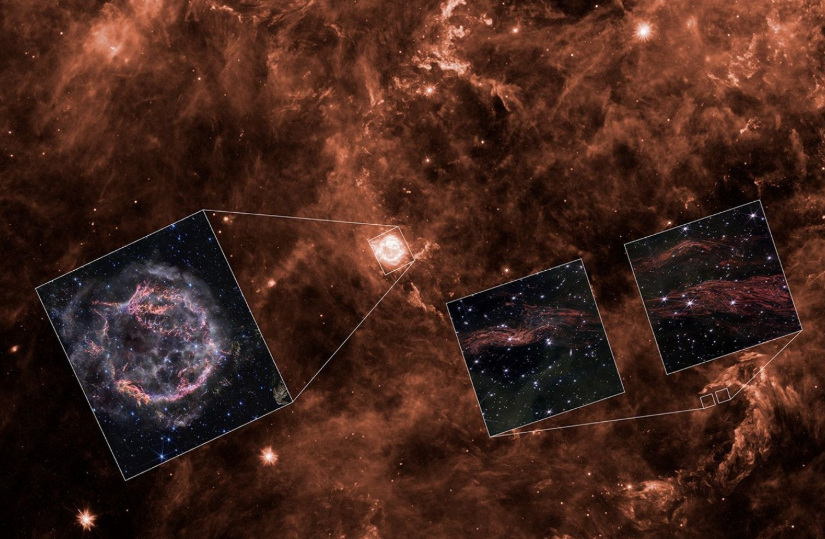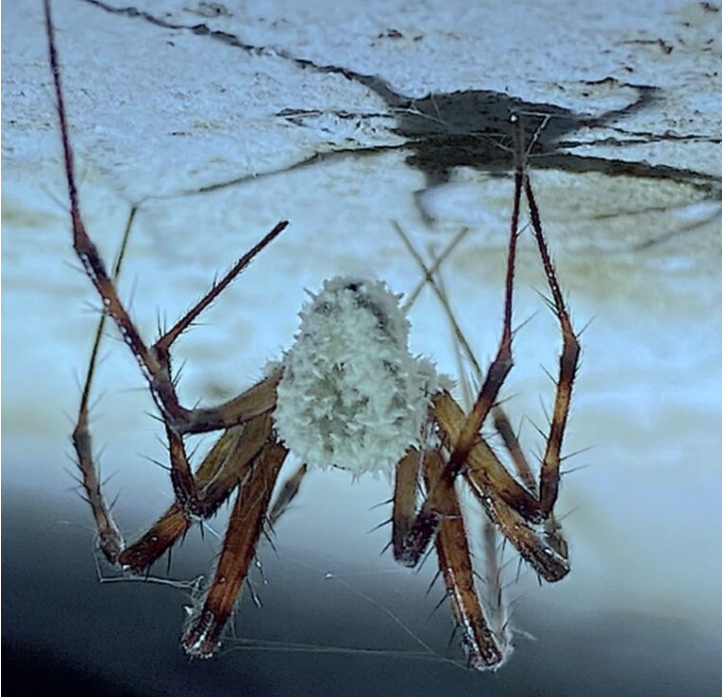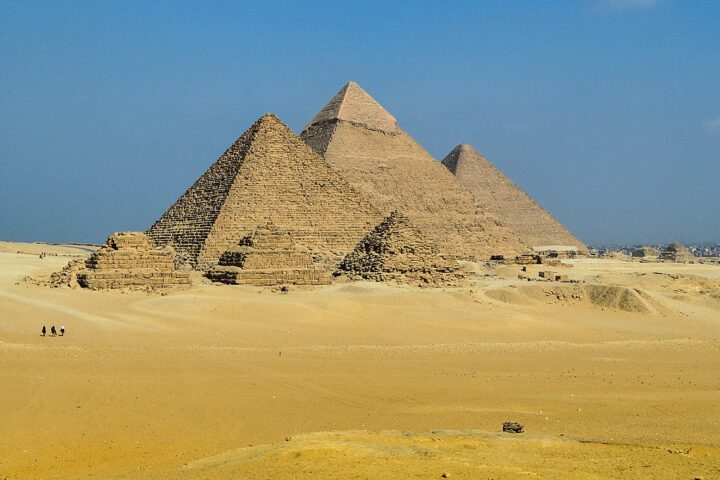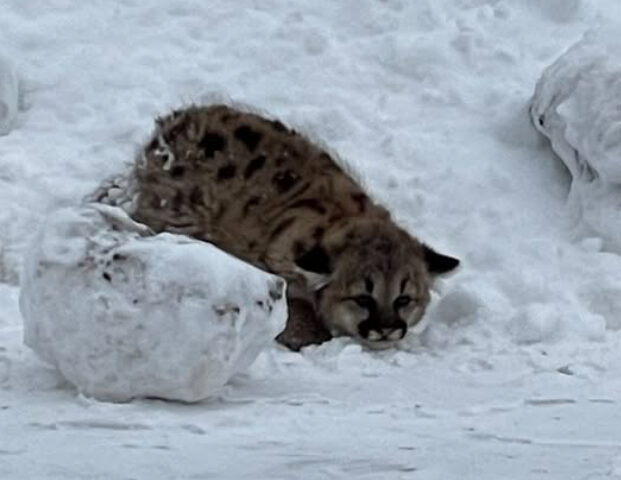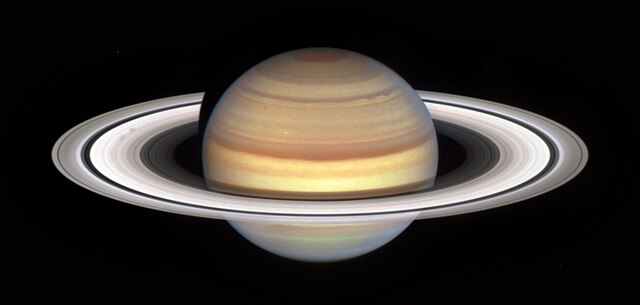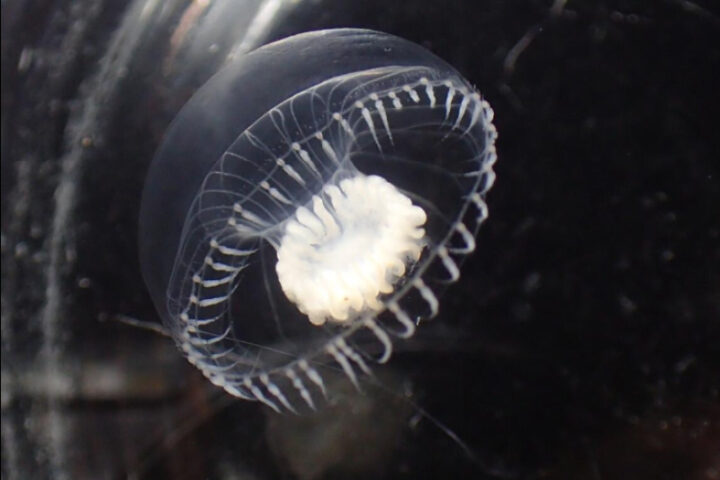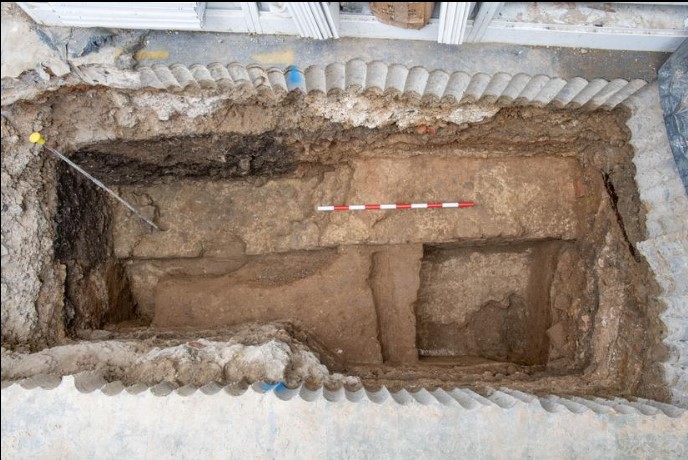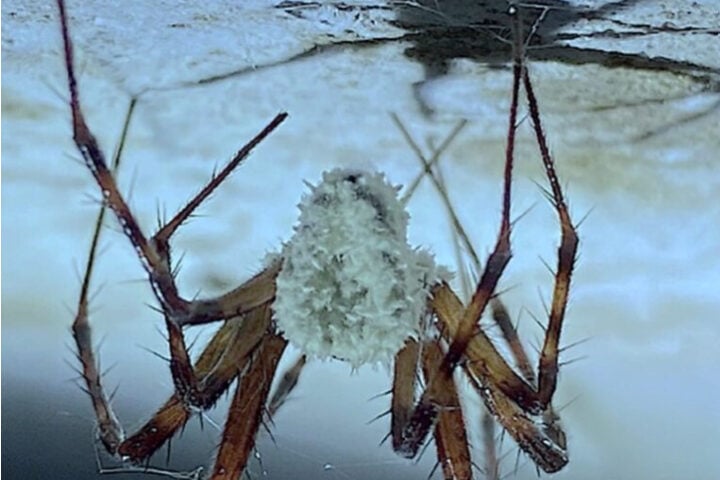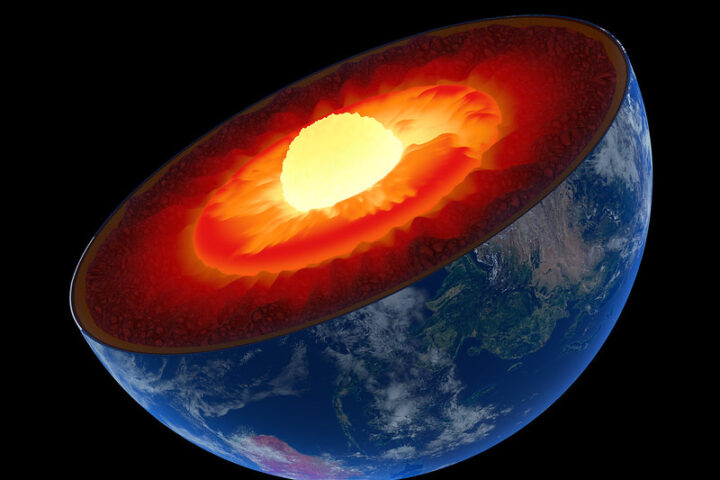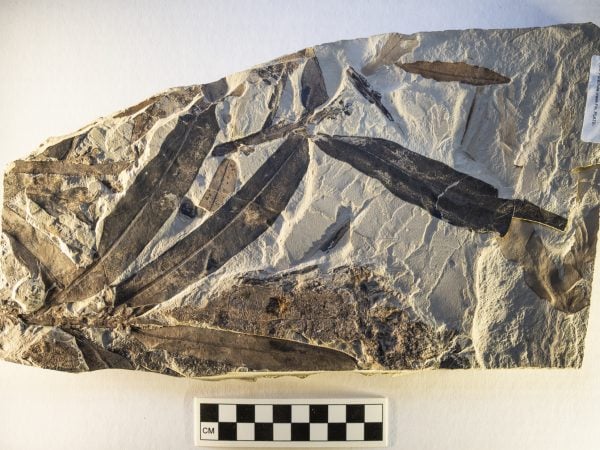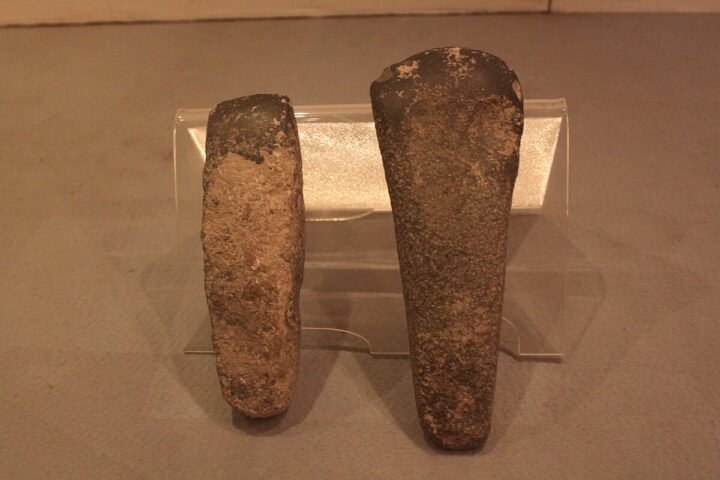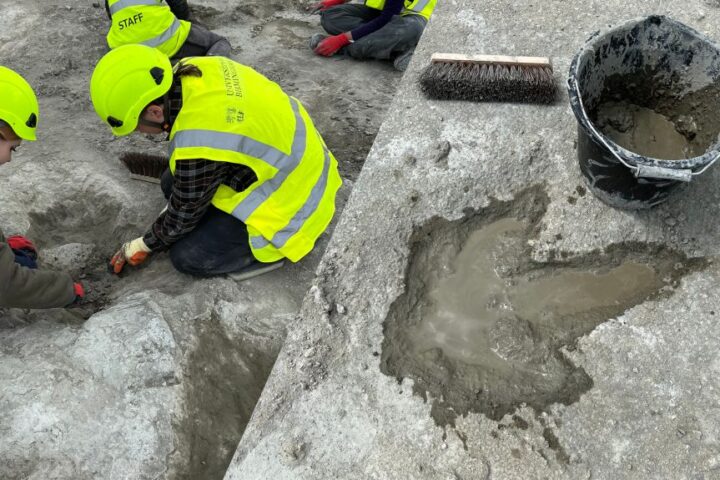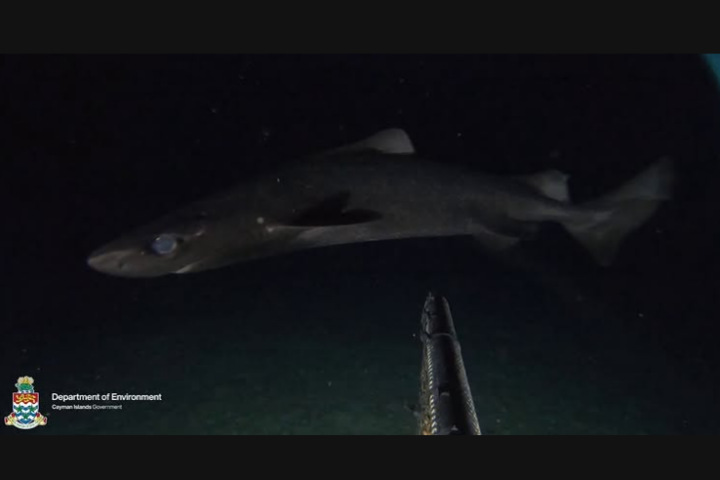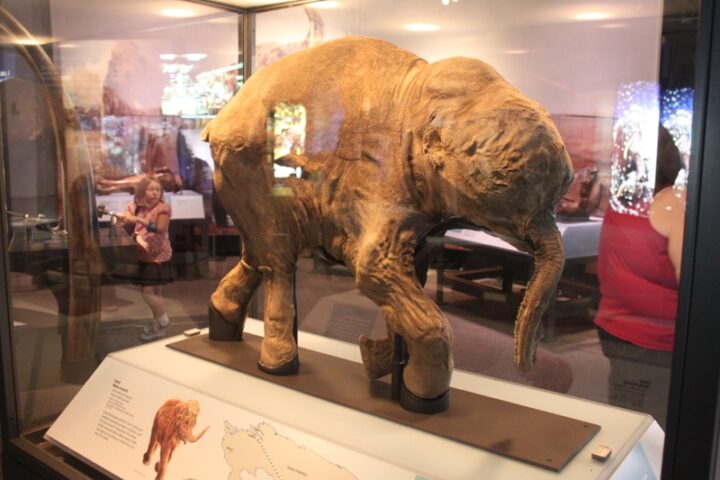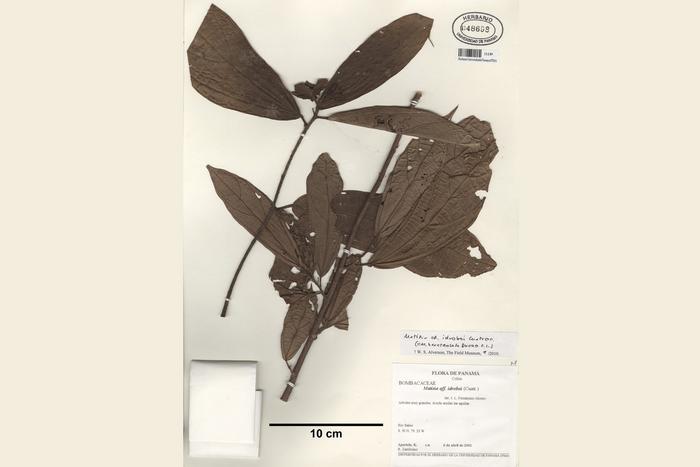The James Webb Space Telescope, the most powerful eye we’ve ever had in space, is showing us things we’ve never seen before. But like many big projects, it’s dealing with money problems that might slow down its work.
Think of finding a completely new type of planet – that’s exactly what the Webb telescope did. It spotted a planet called GJ 1214 b, which sits 48 light-years from Earth. Imagine a world that’s bigger than Earth but smaller than Neptune, with an atmosphere containing water and methane.
“We’ve never seen a planet quite like this in our solar system,” says Kazumasa Ohno, who studies planets at Japan’s National Observatory. It’s like finding a new recipe for making planets that nobody knew existed.
The telescope also showed us something amazing – space dust that looks like the patterns you’d see in wooden furniture. This might sound simple, but it’s helping scientists understand how stars are born.
“We see layers like an onion,” added Josh Peek of the Space Telescope Science Institute in Baltimore, a member of the science team. “We think every dense, dusty region that we see, and most of the ones we don’t see, look like this on the inside. We just have never been able to look inside them before.” These patterns stretch across huge distances – about 400 times the space between Earth and the Sun.
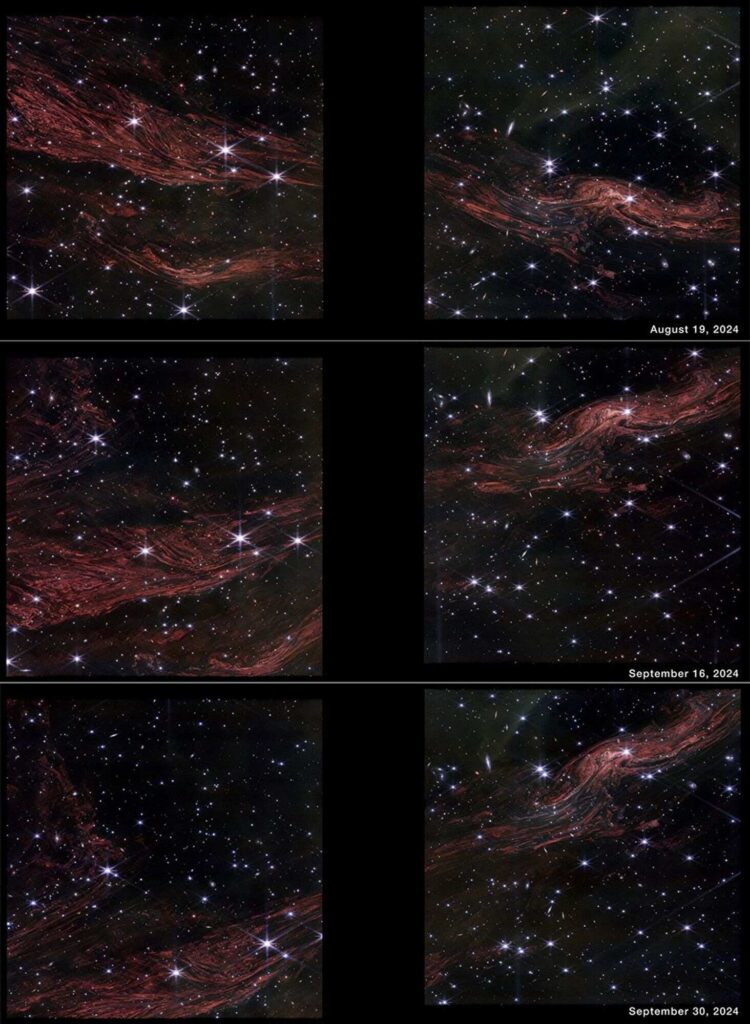
NASA has big plans, including launching another telescope called SPHEREx in February 2025. This new telescope will scan the whole sky every six months, like taking a complete picture of everything we can see in space in 102 infrared colors.
Similar Posts
But here’s the challenge: Reports show Webb might face budget cuts. Think of it like a complex machine – without proper funding, you can’t use all its features.
The Webb telescope itself is a marvel of engineering. It has a five-layer sunshield (like a giant umbrella) and special gold-coated mirrors. It sits 1.5 million kilometers from Earth.
Despite money worries, Webb keeps making discoveries that change how we understand our universe. It’s like having a powerful telescope that lets us see things we missed before in space.
When SPHEREx joins Webb next year, these telescopes will work together to show us different aspects of our universe.
